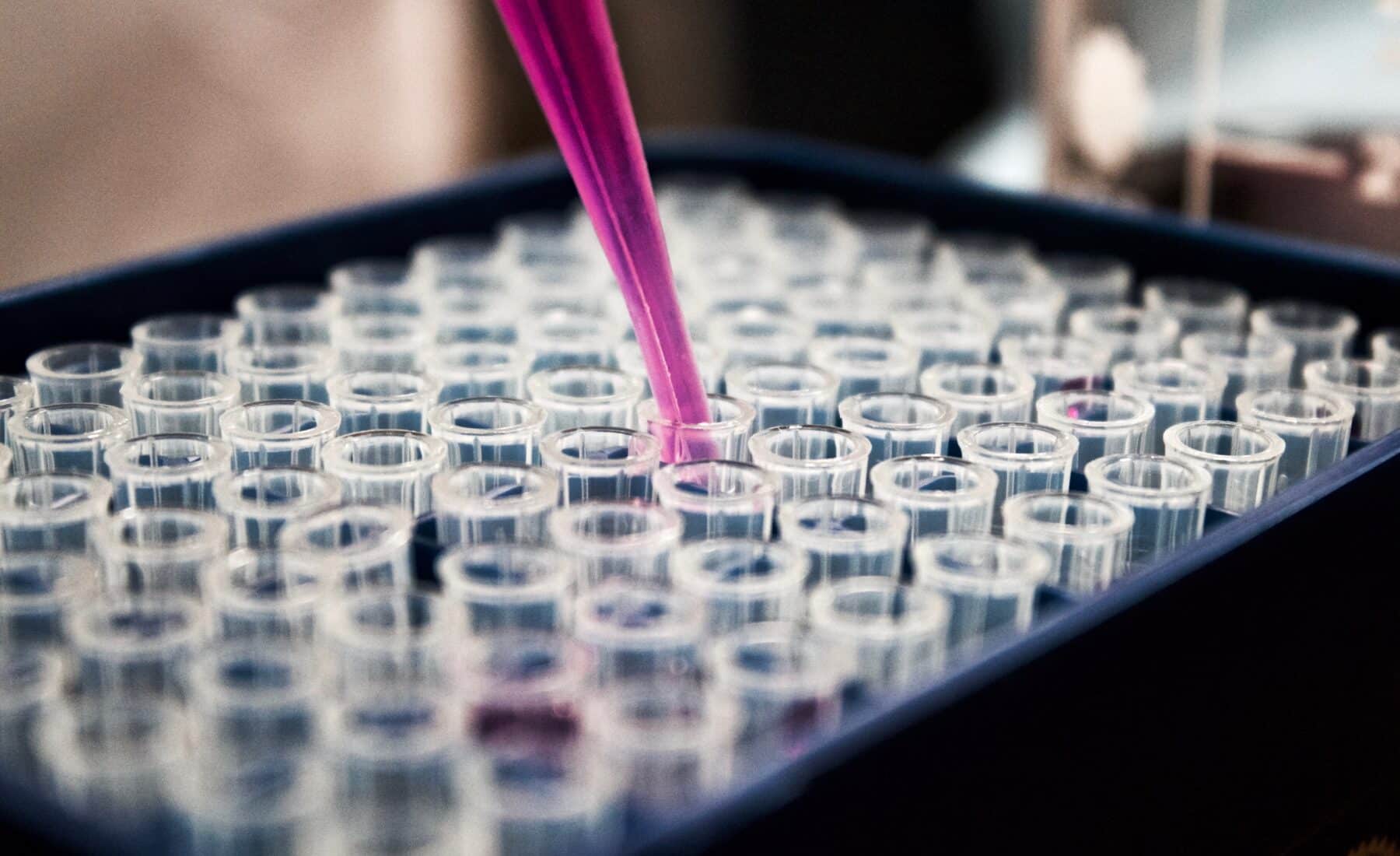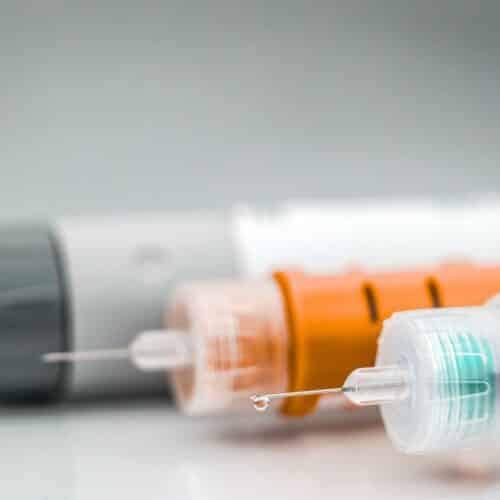The Bydureon phase 3 trial: supplementary substudies

Cure Parkinson’s and Van Andel Institute (VAI) are delighted to be supporting two sub-studies within the important Bydureon phase 3 trial (Exenatide-PD 3).
The studies will begin recruiting from six sites in the UK over the coming months. The rationale for sub-studies is that they provide additional information to support the main findings of the trial and can provide a more complete picturce of how the drug is working. Helen Matthews, Deputy CEO at Cure Parkinson’s said:
Exenatide was the first drug to be prioritised through the International Linked Clinical Trials initiative and we are delighted that VAI, our partner within the initiative, has chosen to co-fund these important sub-studies for this new phase 3 trial which will provide informative additional objective data.
One of the sub-studies is a proof-of-concept imaging study* led by Professor Tom Foltynie at University College London (UCL) – Professor Foltynie is the lead investigator of the entire programme. This sub-study will provide imaging data to the phase 3 trial and supplementary evidence for Bydureon as a potentially disease-modifying treatment for Parkinson’s.
The imaging involves an intravenous injection of DATscan which will enable quantification of the levels of dopamine transporters in the brain and will be carried out at the start and the end of the trial period. Through imaging DATscan levels in the brain, the investigators hope to see that the dopamine cells do not deteriorate as rapidly during the two-year study for those taking Bydureon, compared to the deterioration in those of the placebo group.

The other Cure Parkinson’s and VAI funded sub-study within the Bydureon phase 3 trial is the use of smartphone app technology created by a team led by Professor Michele Hu (left) at Oxford University. The app will be used by the trial participants to monitor changes in motor function during the trial and will supplement the evaluations carried out in a clinical environment. This technology will capture real life evidence more accurately and monitor changes throughout the day. It will also provide a counter to the inter-rater variability that is sometimes seen across multiple site measurement. The sub-study will compare the accuracy of the current gold standard motor symptom severity rating in Parkinson’s – the MDS-UPDRS lll off medication score – with the digital smartphone measures. It will determine the relevance of high-frequency data capture combined with mathematical analytical approaches as a potential trial biomarker for Parkinson’s.
Image courtesy of Oxford University
*Cure Parkinson’s would like to thank the Frank Brake Charitable Trust for their support of the imaging study.







